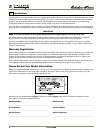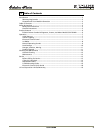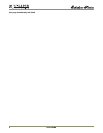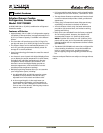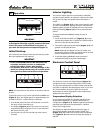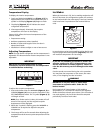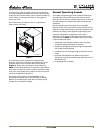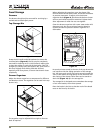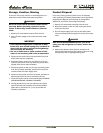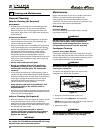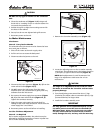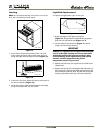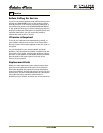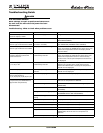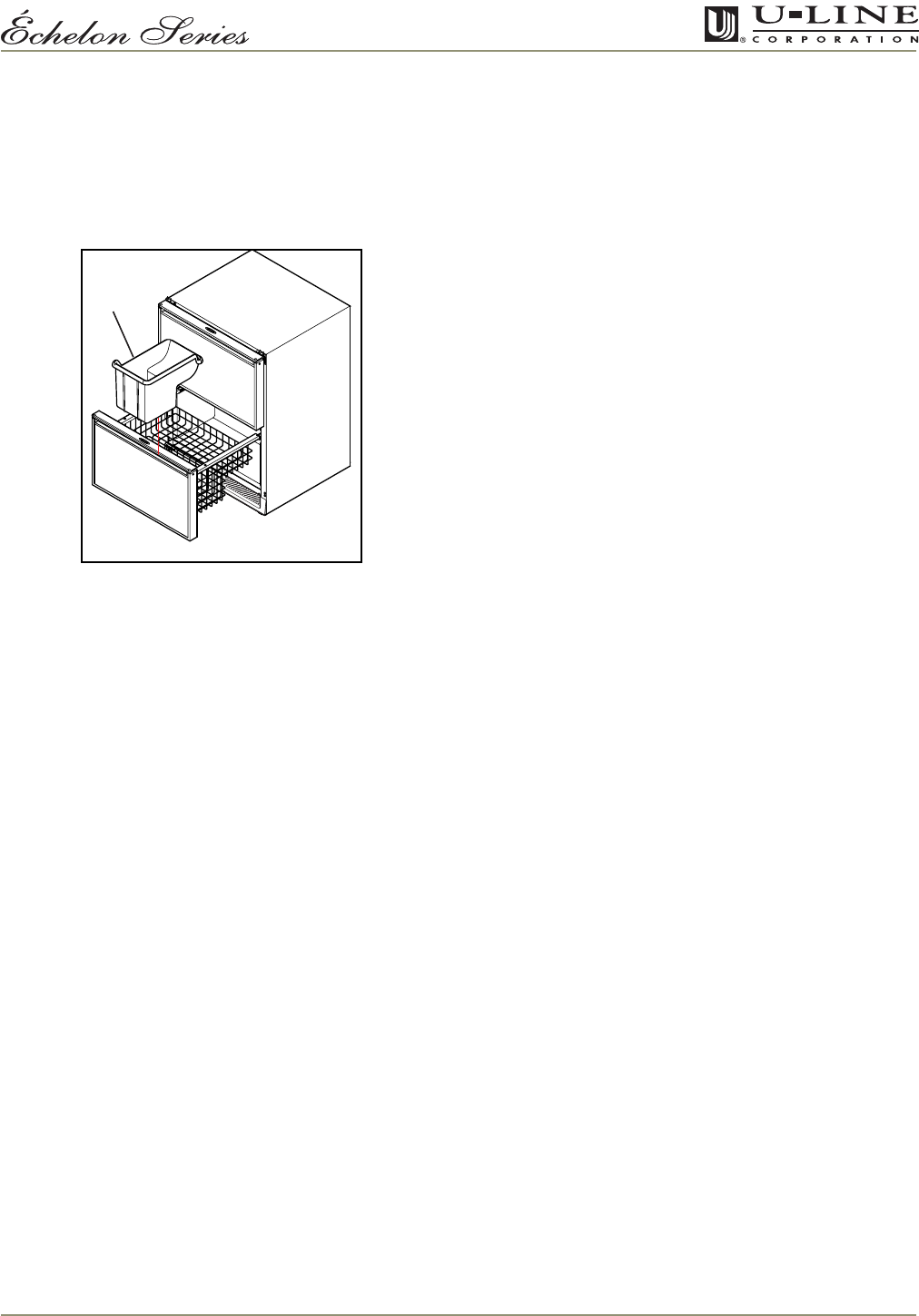
CO2175DWR 9
It is normal for cubes to appear cloudy. This is caused by
air being trapped in the water due to fast freezing. It has
nothing to do with the health, taste or chemical make-up
of the water. It is the same air that is in every glass of
water you drink.
Do not place cans or bottles in the ice compartment,
because they will freeze.
Figure 7
The ice bucket can be removed for emptying and
cleaning. To remove ice bucket, open drawer fully, then
grasp the sides of the ice bucket and lift straight up
(Figure 7, 1). Use the ice bucket for ice storage only.
NOTE: It is recommended that if ice bucket is removed for
any reason, the bin arm on the ice maker should be raised.
If bin arm is not raised, the ice maker can harvest ice and
will drop ice behind lower drawer.
An accessory ice bucket (U-Line P/N 26014) can be
purchased and placed next to the provided ice bucket.
When two ice buckets are used, the ice buckets can be
rotated for increased ice storage.
Normal Operating Sounds
All models incorporate rigid foam insulated cabinets to
provide high thermal efficiency and maximum sound
reduction for its internal working components. In spite of
this technology, your model may make sounds that are
unfamiliar.
Normal operating sounds may be more noticeable
because of the unit’s environment. Hard surfaces such as
cabinets, wood/vinyl/tiled floors and paneled walls have a
tendency to reflect normal appliance operating noises.
Common refrigeration components, and a brief
description of the normal operating sounds they make,
are listed below. NOTE: Your product may not contain all
of the components listed.
• Compressor: The compressor makes a hum or pulsing
sound that may be heard when it operates.
• Evaporator: Refrigerant flowing through an evaporator
may sound like boiling liquid.
• Condenser Fan: Air moving through a condenser may be
heard.
• Automatic Defrost/Drain Pan: Water may be heard
dripping or running into the drain pan when the unit is in
the defrost cycle.
• Ice dropping into ice bucket
1
ULIN_0083_A




